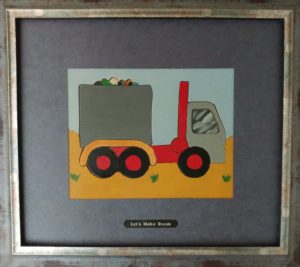Anyone who juggles life’s internal and external demands, whether that be a promise to stay healthy or a need to get things done at home or at work, will recognize themselves in at least one of these 10 little lies.
The lies themselves are a kind of time rationalization, says Dr. Ari Tuckman, author and subject expert on adult ADHD. The lies people tell themselves keep them disorganized or stuck in bad habits. How close in time something has to be done is what determines whether or not we take or avoid action.
For example, if a deadline is looming within days or hours, we may be more apt to take action then if it’s weeks or months away. The closer something is to the present the more we see and feel its impact. This can either be felt as pleasure, such as a having our favorite food nearby or painful, such doing our taxes or preparing to move.
In essence we are constantly asking ourselves, “Is it better to suffer in the present to experience joy in the future or should we aim to enjoy the present moment at the expense of possible future consequences?” It is an ongoing tug-a-war between the pleasure-motivated side of our brain and the executive function that helps us to make wiser choices that can also feel inconvenient or downright painful.
How many of these 10 little lies do you tell yourself?
- I can do that tomorrow
- I’ll put that away later
- I don’t need to get organized; I remember where everything is
- I don’t have to write that down. I’ll remember.
- This will just take a minute
- Sorry, I was late….traffic!
- I’ll just start after a quick break
- I’ll just work twice as hard tomorrow
- I’ll get to that in a minute
- I don’t need to do that now
People fall somewhere on a continuum between complete impulsivity (those with attention issues) and overly diligent (those with obsessive tendencies). Those with better self awareness fall somewhere in the middle, says Dr. Tuckman. When you find yourself using one of these little lies, Dr. Tuckman advises stopping to pause and visualize the outcome as both your “today self” and your “tomorrow self.” Introducing that momentary pause and visualization can sometimes cause you to do something – like scheduling that appointment – and make the difference between staying on track or going off the rails.
Need help getting organized? Call us to schedule a free project assessment, by phone: 510.846.1976
*Used by permission: Ari Tuckman, PsyD, MBA West Chester, PA For more information visit http://adultadhdbook.com/








